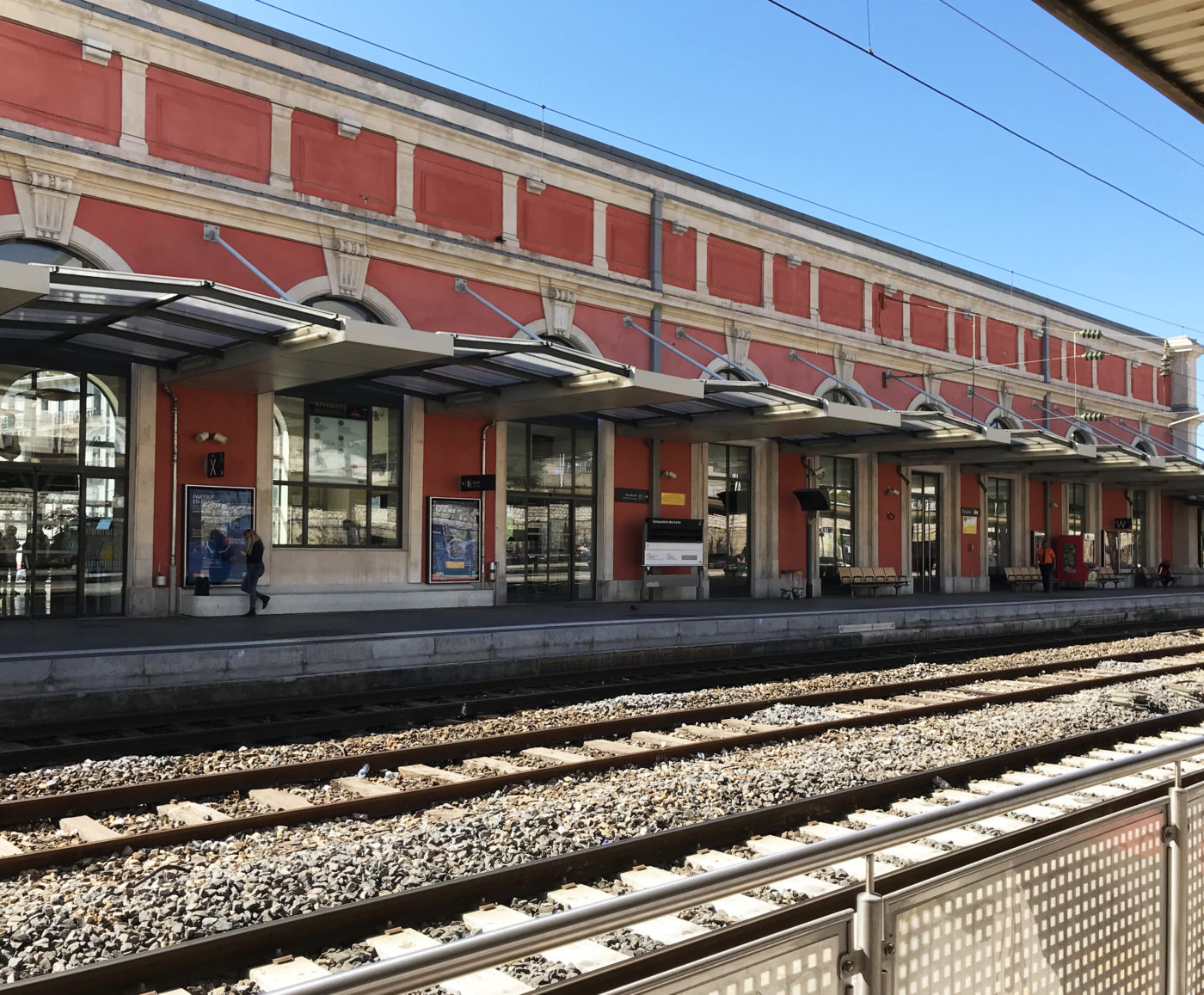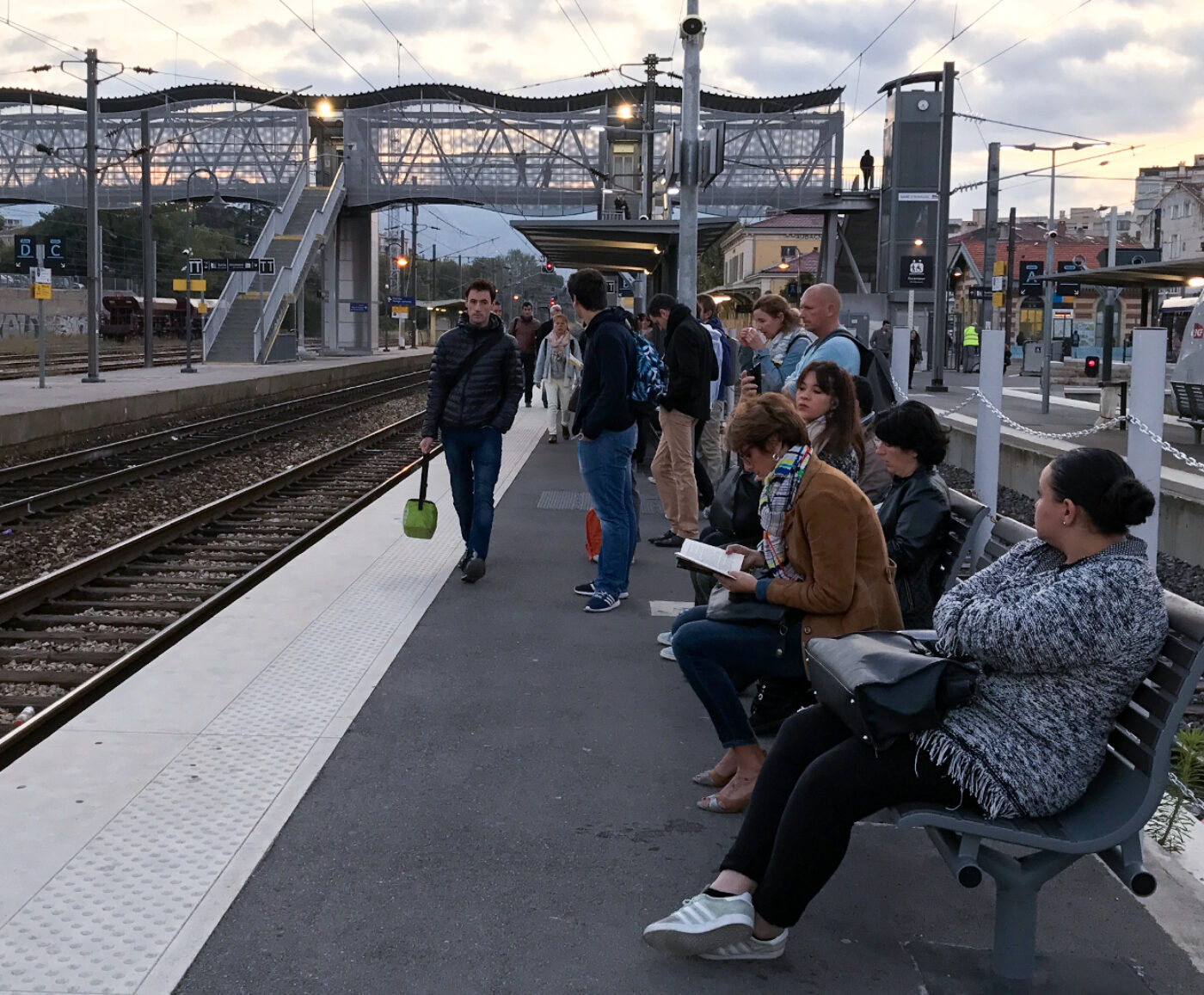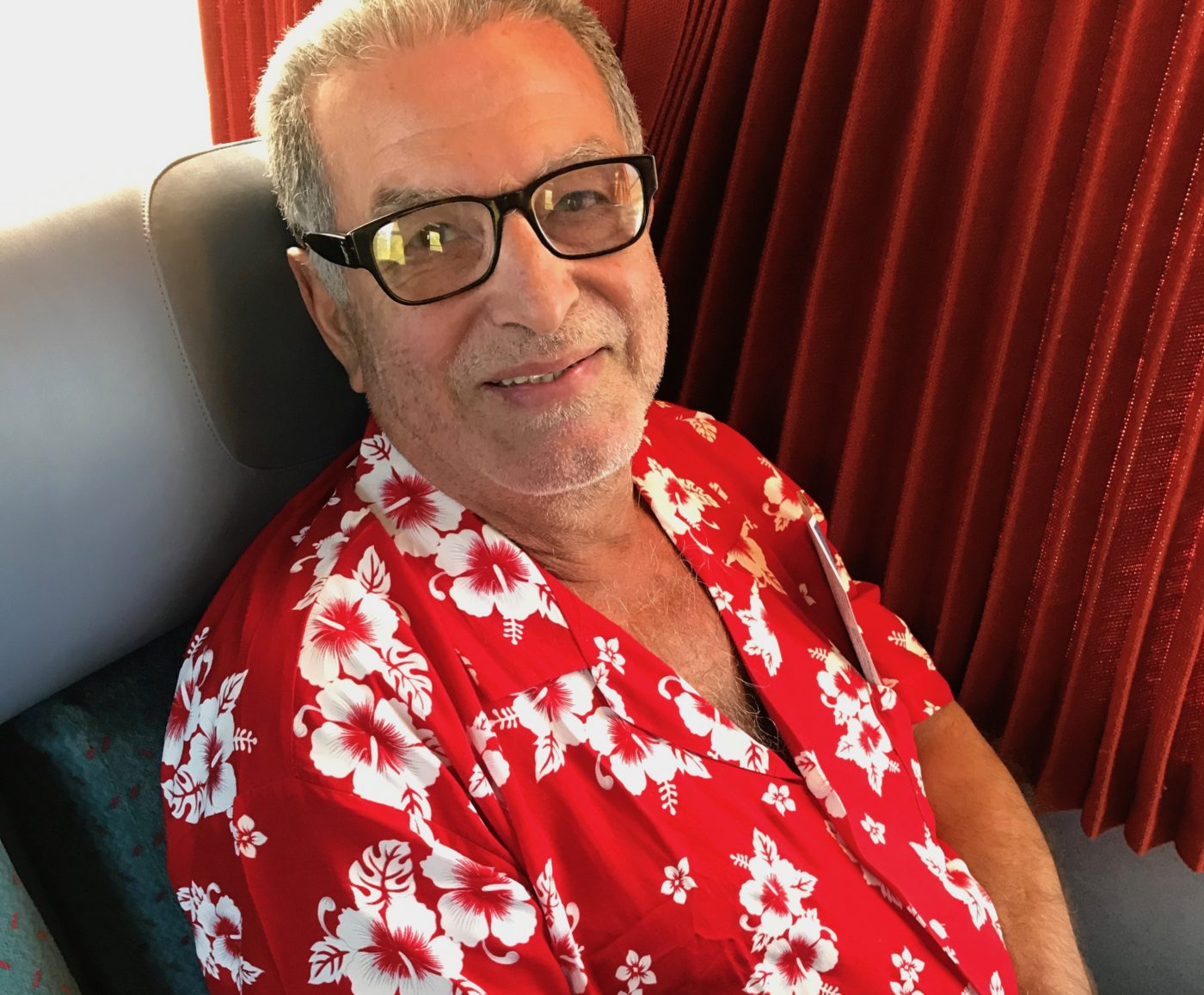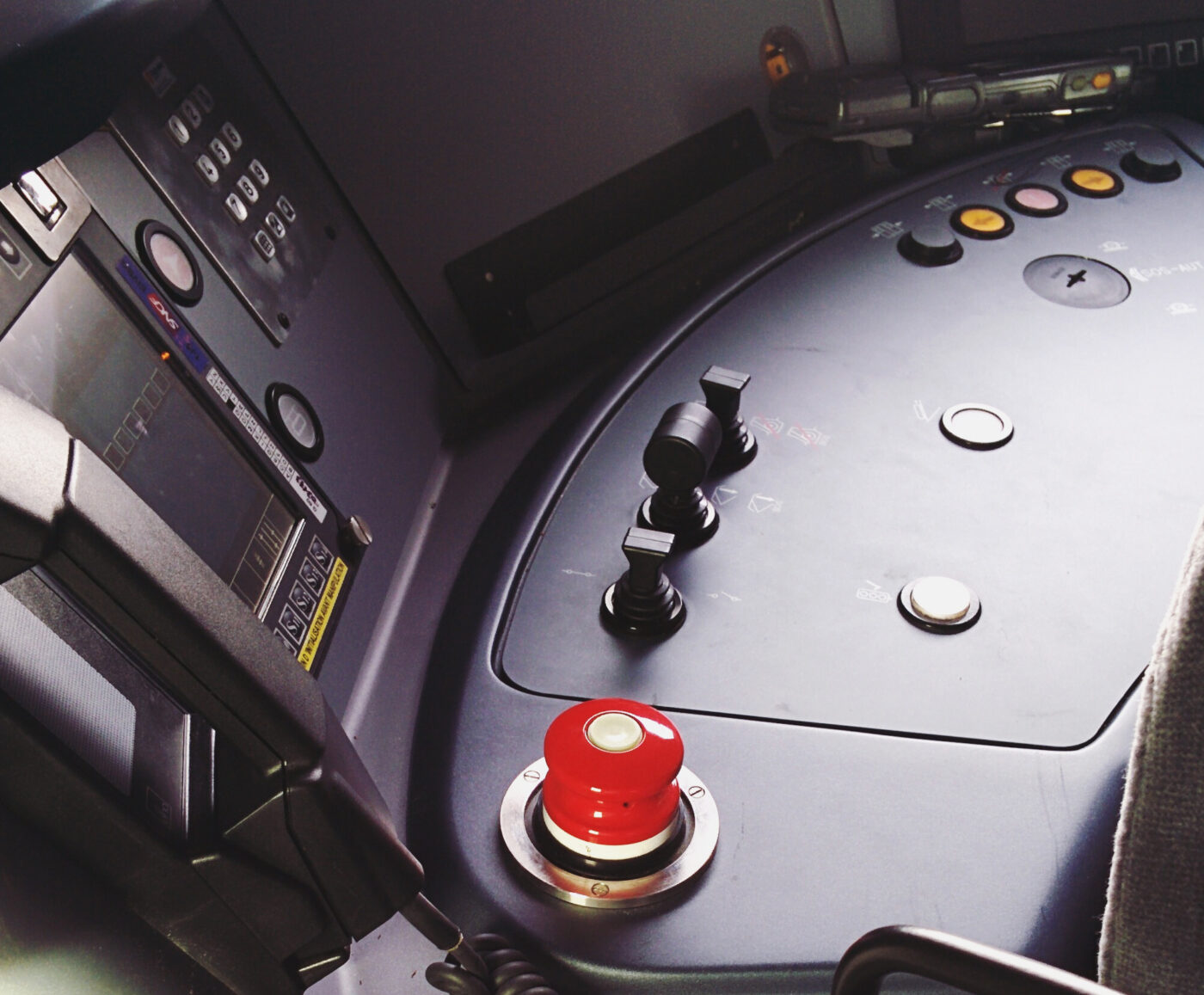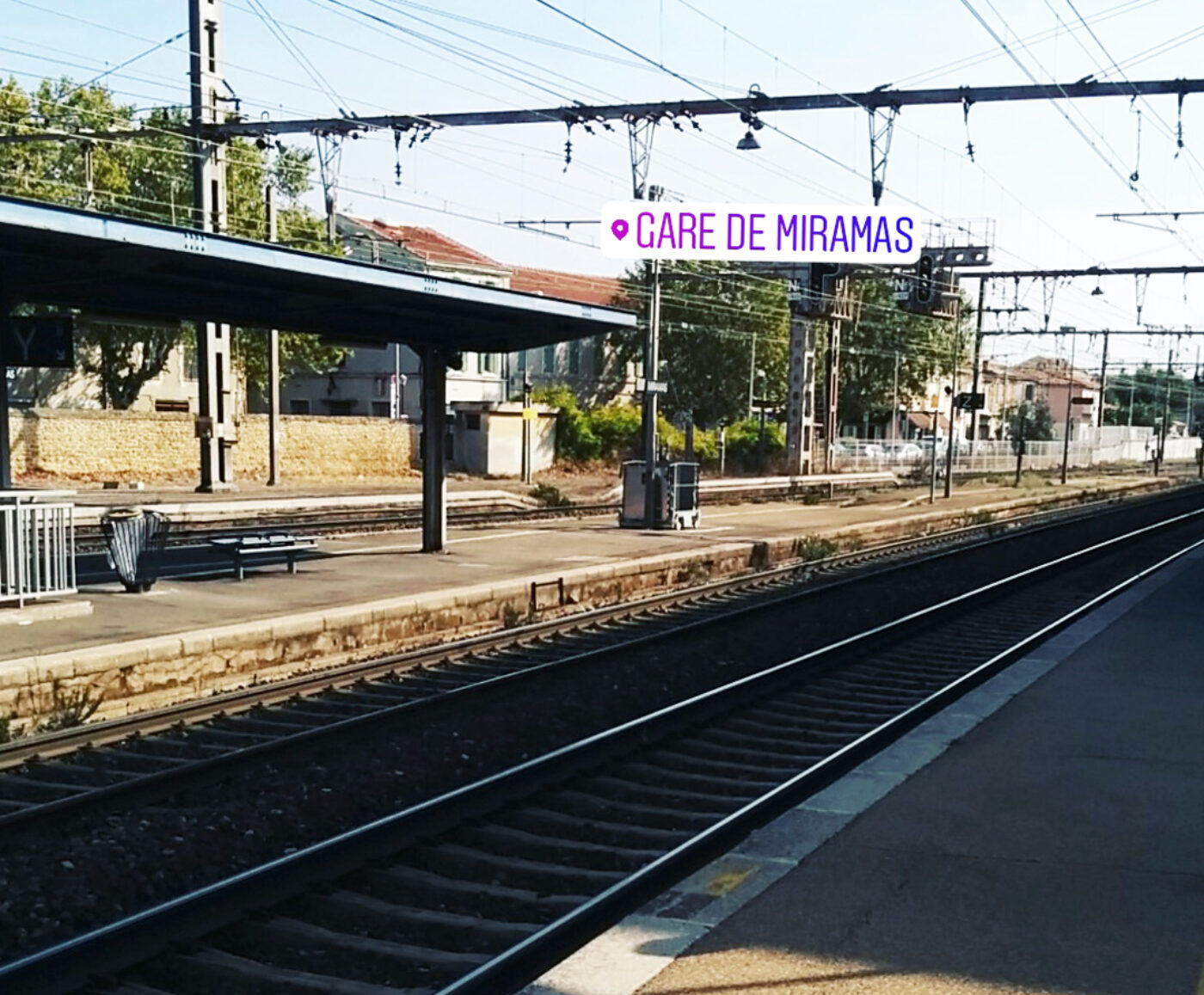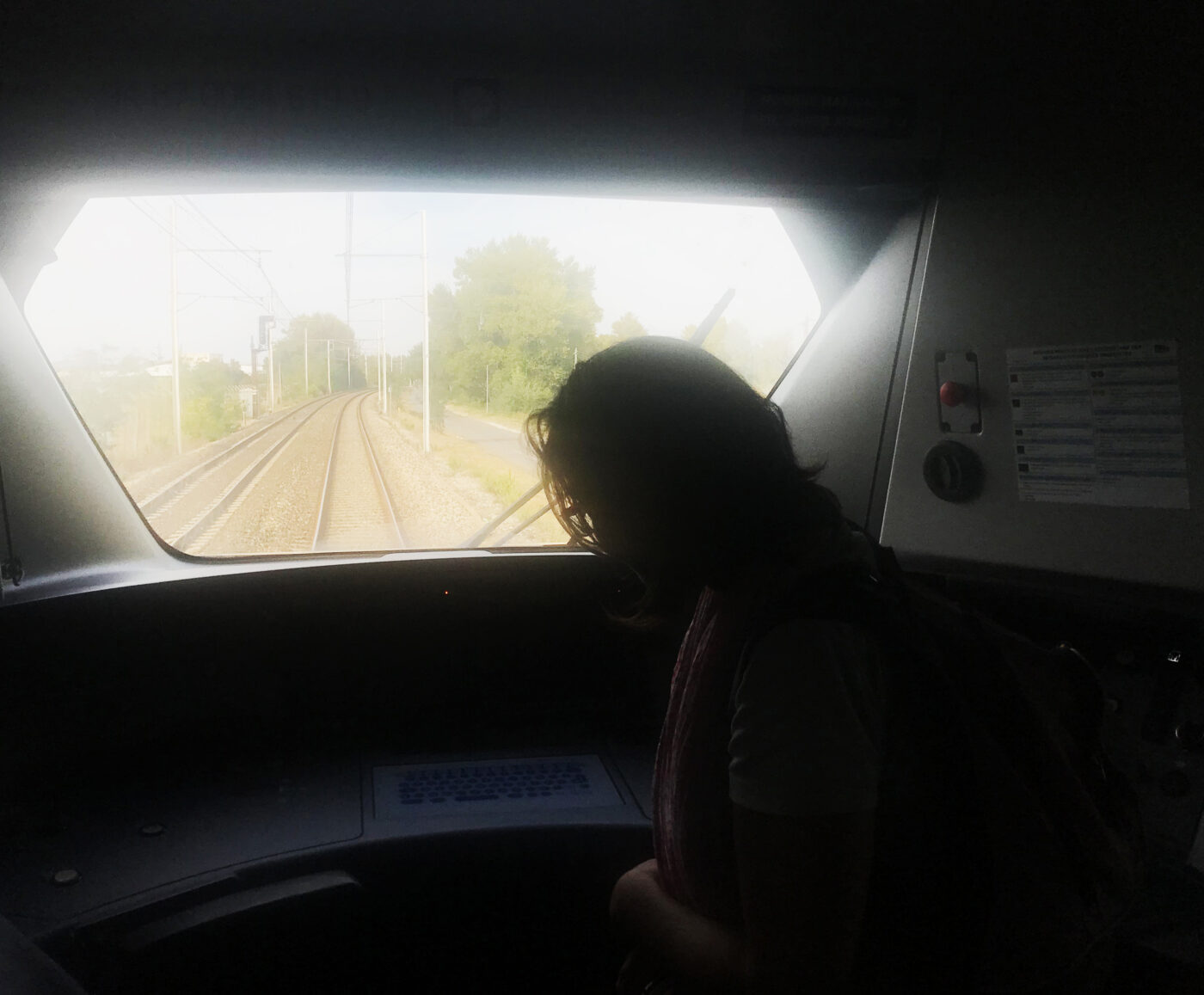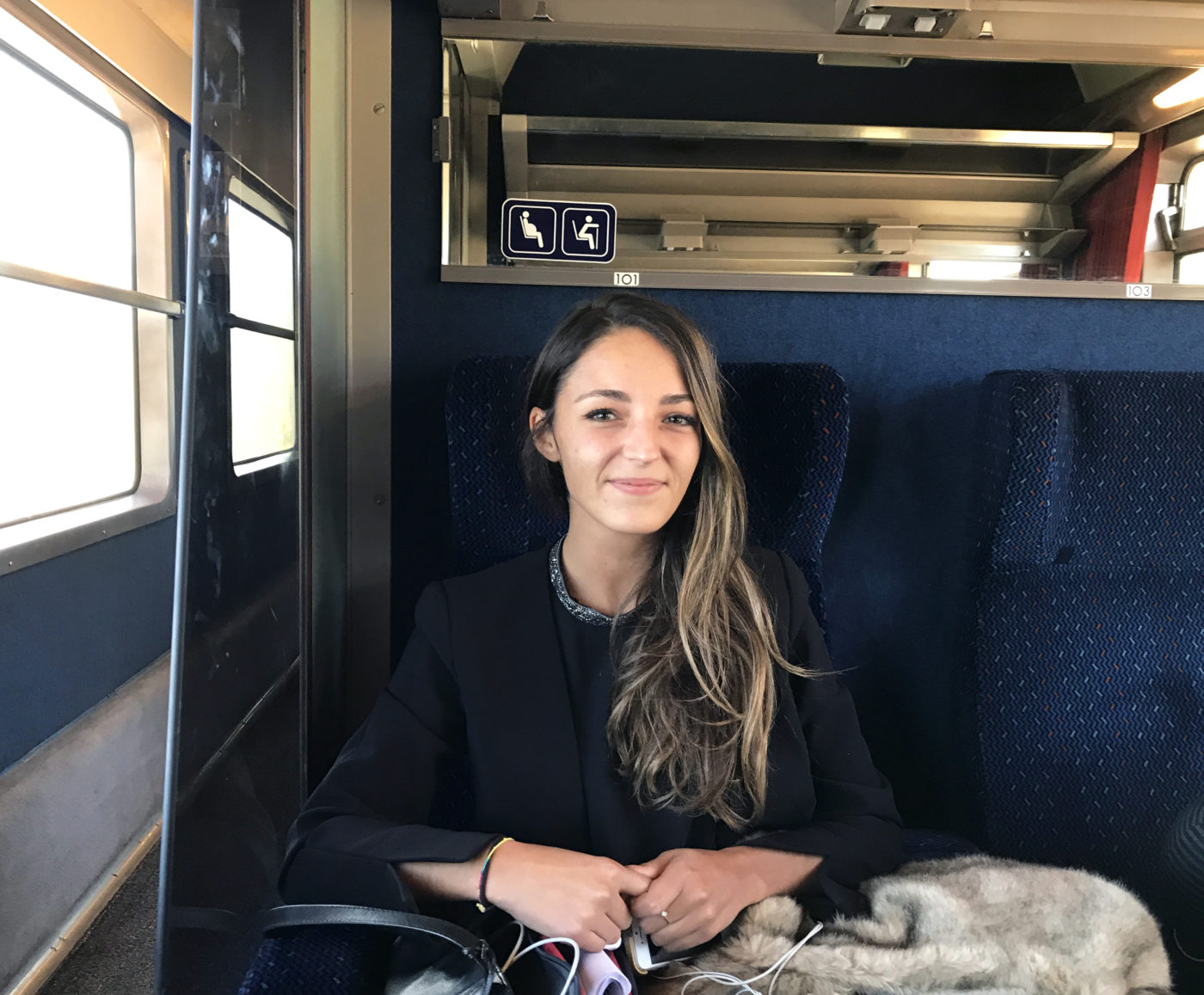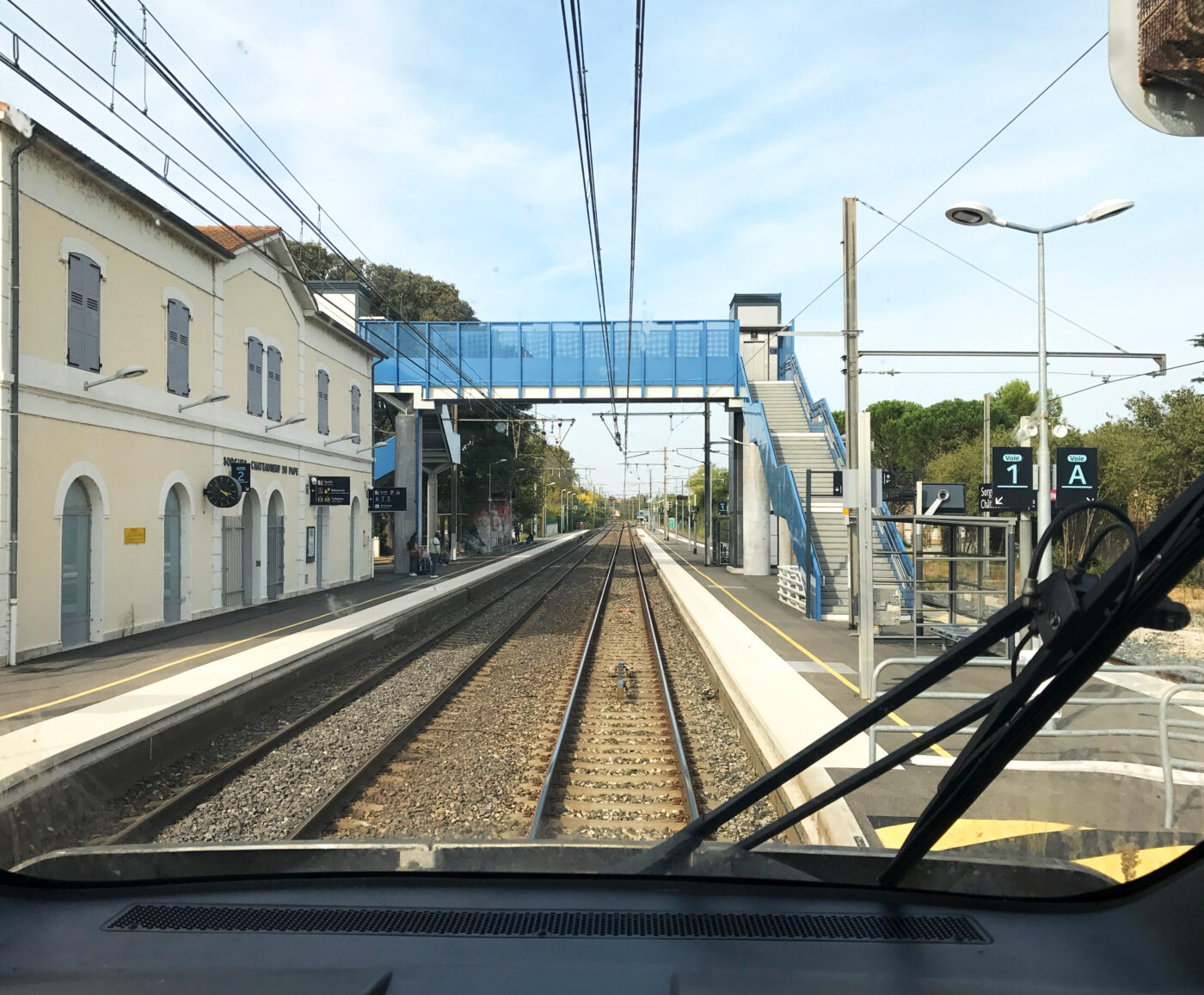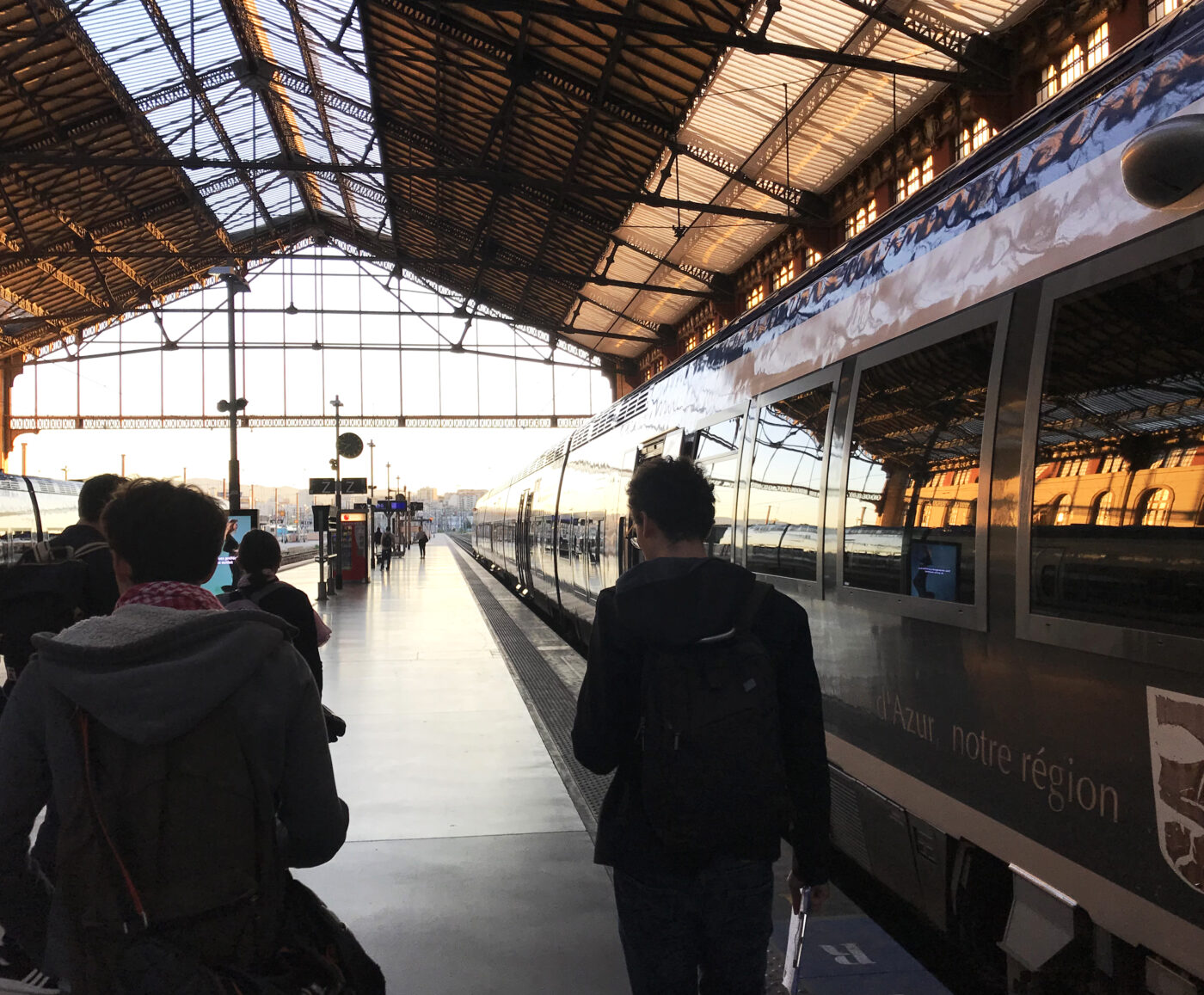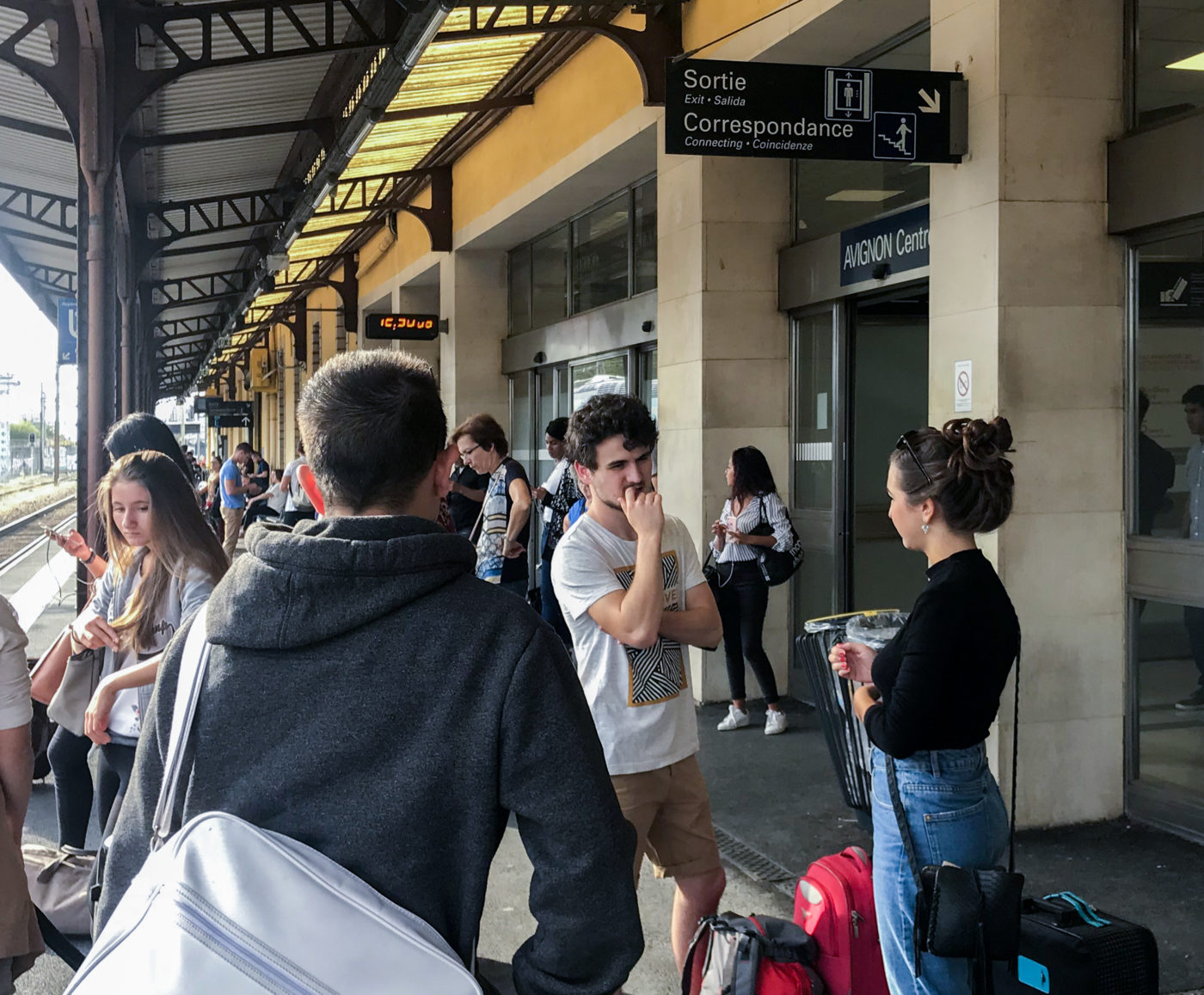
The train: an experience.
We’ve all taken an early morning train to go to work, to go to school, or to go on holidays. For some it’s a daily activity, for others it’s a one-time experience.
Taking the train can allow for some pretty nice moments: diving into a good book, listening to a podcast, meeting interesting people, or daydreaming to the passing landscapes. However, these moments can quickly become unpleasant and weight heavily on our well-being and on our daily experiences. We’ve all had a delayed or a cancelled train on a day we absolutely had to be on time. Likewise, we might have had to spend a long ride standing due to overbooked wagons. Just asking around us is enough to be flooded by anecdotes related to the train. Sometimes the stories are funny, sometimes they’re just annoying.
How can we improve the train and adapt offers and services to a large variety of passenger’s needs?
The SNCF came to us with that challenge in October 2017. The goal was to improve the TER service, France’s regional transportation service. The SNCF wanted to build a strong and unique customer promise by building around the key moments of the customer relationship. To assist the SNCF group in this transformation process, Souffl worked hand in hand with Kea. We built a program around change management and around the creation of new offers custom-made for each type of passenger.
The SNCF’s transformation comes as a response to the EU Directive that prescribes to open the operation of European rail lines to the market. Services offered by the SNCF have to be revamped in order to maintain a competitive and coherent position in the French and European transportation market. The regional train service already faces other types of local competition, such as ride-sharing services or buses, making this transformation even more urgent.

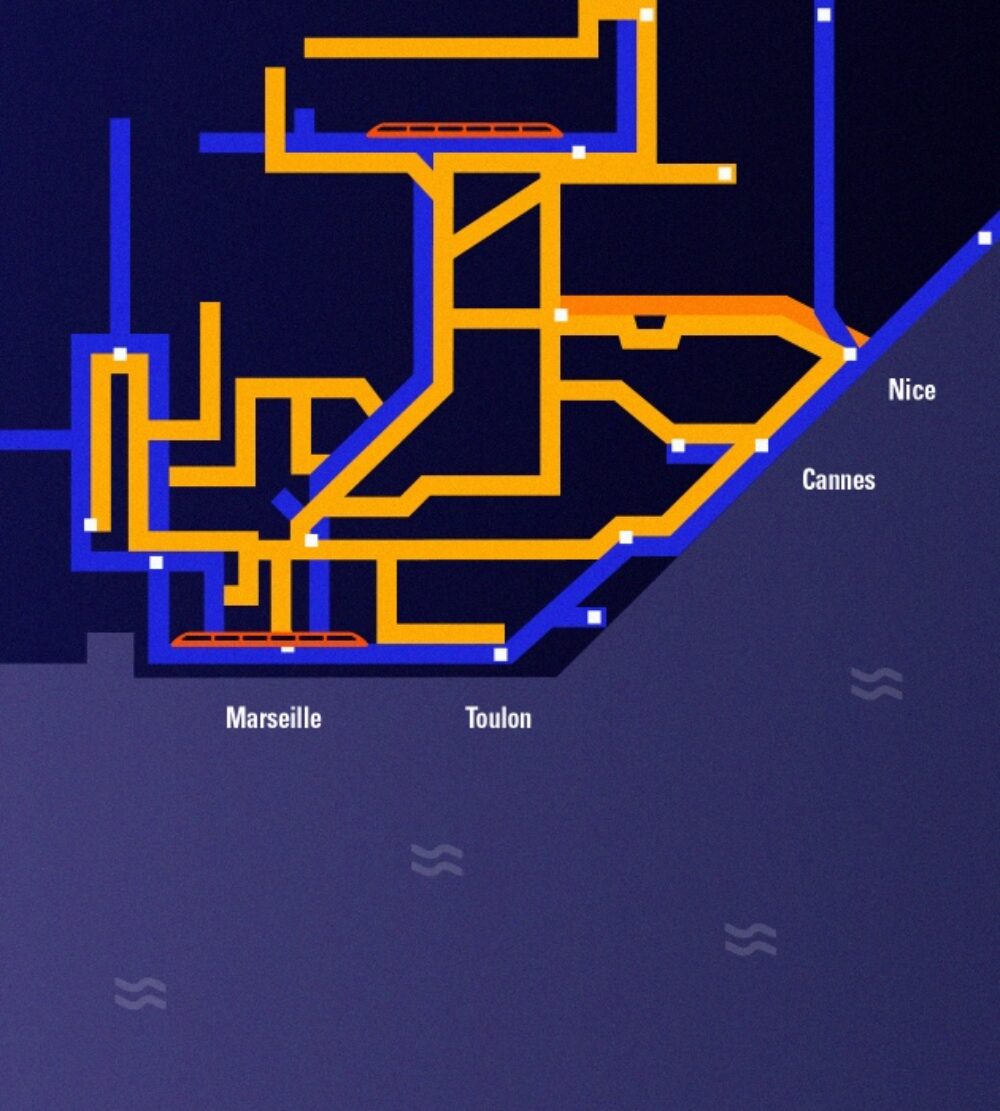
The Provence-Alpes-Côte d’Azure region (PACA), pilot for the transformation process.
The SNCF is aiming high: the goal is to transform all the TER lines in France!
To address this challenge, we chose the PACA region in the South of France as pilot, since it has many characteristics that make it suited to implement the transformations. It is a border region with a very diverse geography, with great tourist appeal and with cities and towns that are interdependent (several research and university hubs, economic centres, tourism networks, etc.) This diversity is also seen in the types of travellers of the region, all very different in the way they use the service and in their needs.
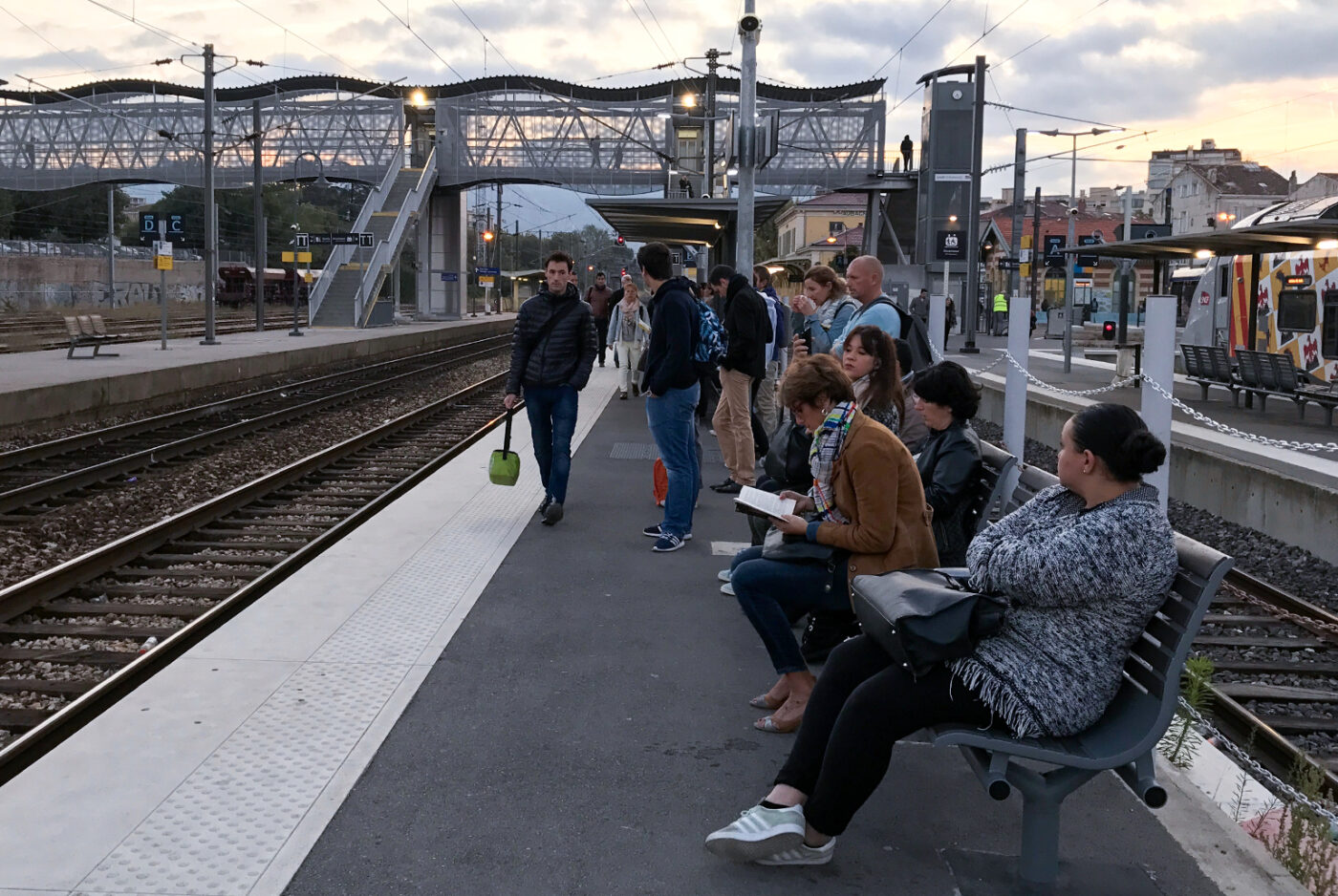
Taking the train to meet the passengers.
Souffl packed its bags and headed South to go meet the passengers in the PACA region.
We are convinced that the best way of creating good offers for clients is by meeting them, by sharing with them their daily experiences to understand their needs, their desires and their fears. During 6 intense days, we took trains around the region, at different times of the day, during work days and during holidays. The results?
– 2 days of observation inside the trains
– Interviews with the SNCF staff
– Interviews with 132 passengers of 9 nationalities (French, German, Americans, Russians, Algerians, Morocans, Portugese, Italians and South Africans)
– 30 hours of interviews recorded
– More than 1500 verbatim
To complete this process, we created characters based on real clients and followed their itineraries around the entire region in order to live their client experience. For instance, this allowed us to feel the frustration of a professional woman who takes a small line to go to work only to discover her usual stop has been cancelled. Her commute time doubled, and she had to take a long detour to get to work. We also got to experience the life of the student who finds out when he gets to the station that his train has been cancelled while the app showed regular traffic.

Segmentation.
Building a market segmentation that refleccts real passengers in order to identify the best opportunities for action.
This bottom-up approach was custom-made for the project and it allowed us to identify the best two indicators to have a coherent segmentation: the frequency of the journeys (daily vs. occasional), and the motivation of the trips (go to work, to school/ university, to travel, etc.).
Five profiles emerged:
1. The daily professional passengers
2. The occasional professional passengers
3. The students
4. The leisure, occasional passengers
5. The tourists
The next step was to gather all the information that had been collected during field research and synthetize it. The goal was to build a broad vision of the different segments, their experiences and their needs. This exercise helped us identify various themes with high-development potential.
Souffl’s workshop.
An immersive experience into a TER journey.
We invited the SNCF’s teams to Souffl’s workshop, a space built to immerse in the passenger’s experience. The goal of the workshop was to identify the best client promises and the best ways to implement them. This exercise, in addition to the rich experiences of the SNCF’s staff, allowed us to imagine several solutions to improve the TER. These were some of the topics around which we worked on:
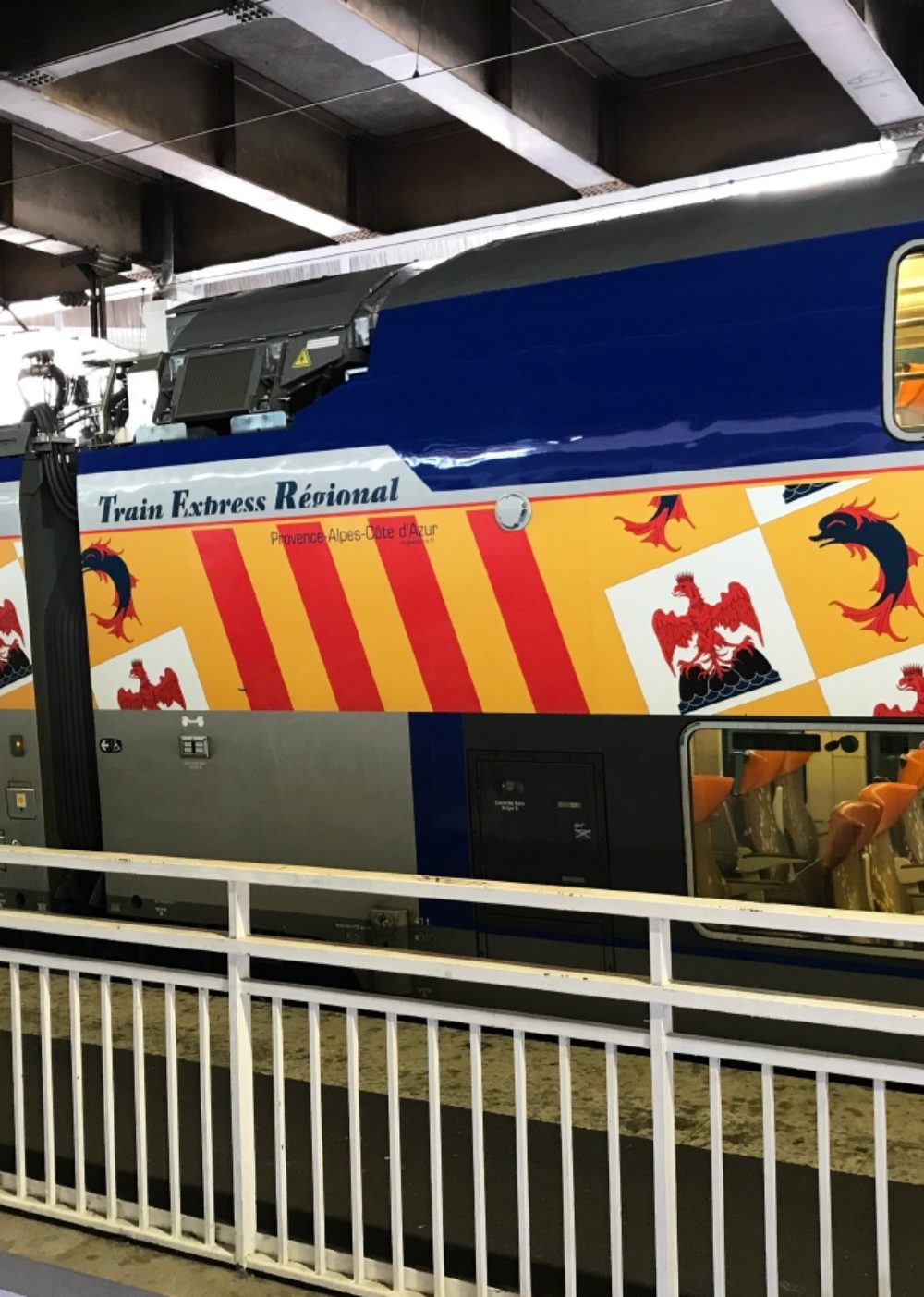
Joshua, controllore.
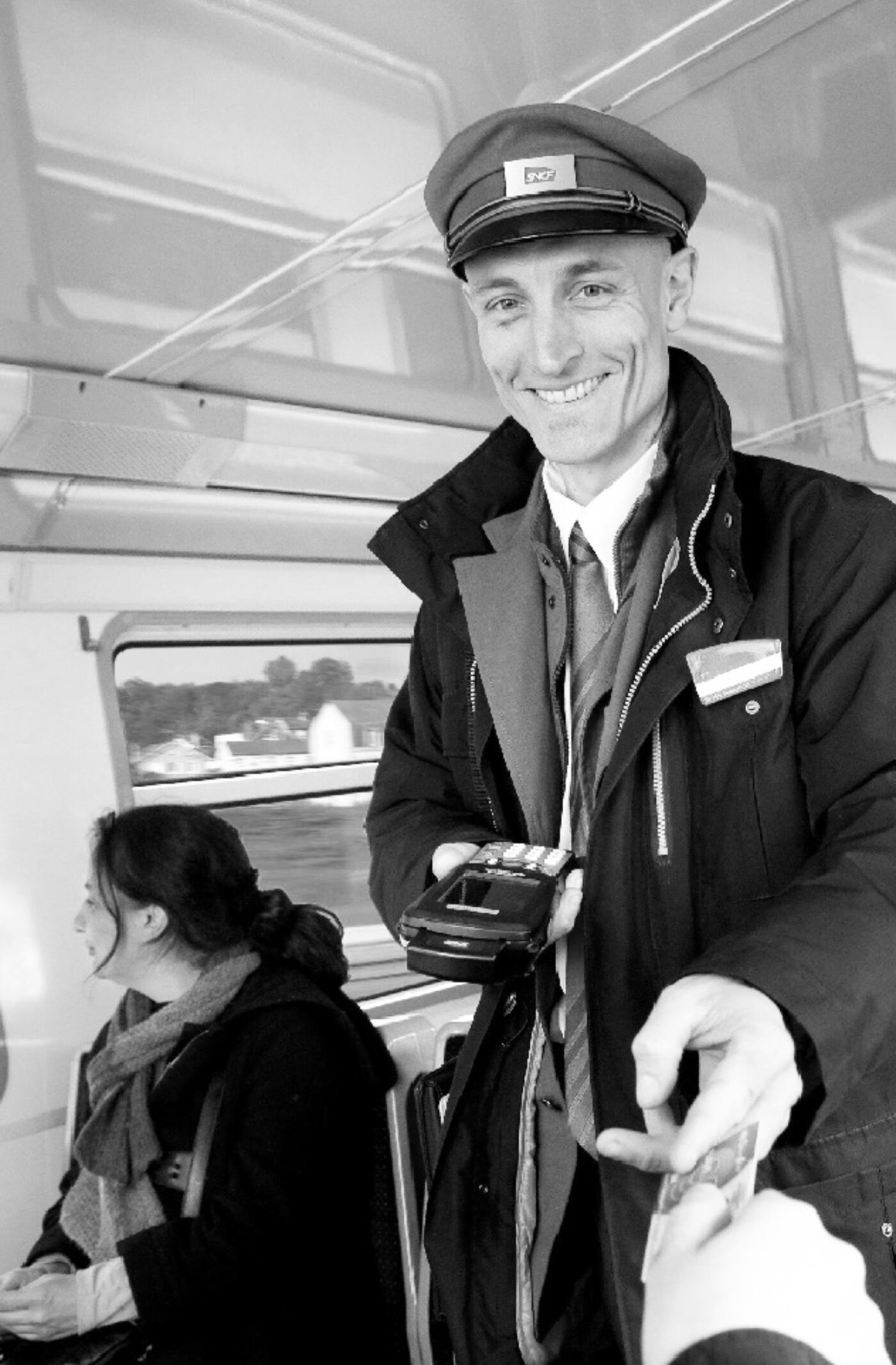
Developing the image of the ticket inspector by putting forward the comforting aspect of his presence to improve the feeling of security on board.
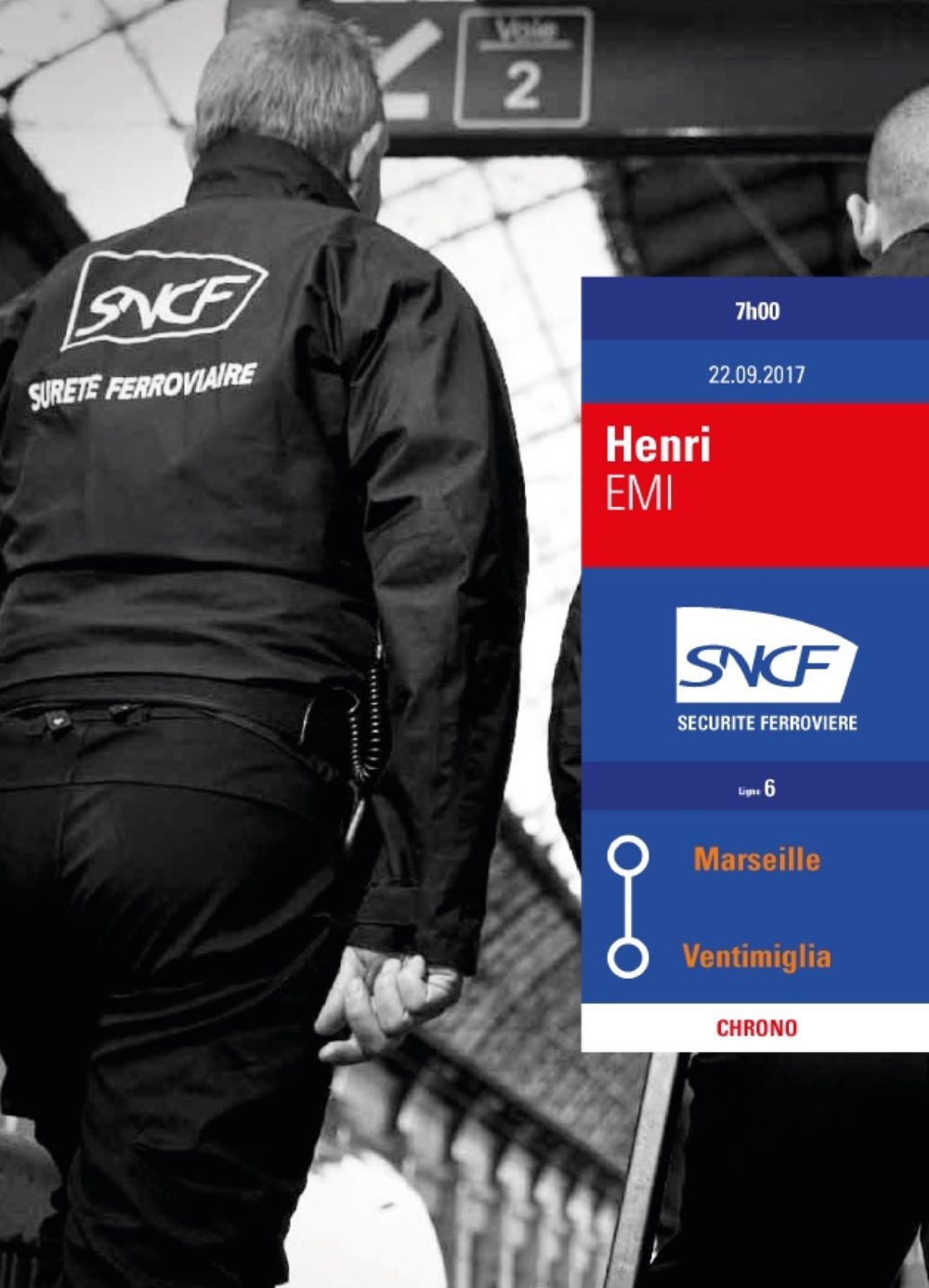
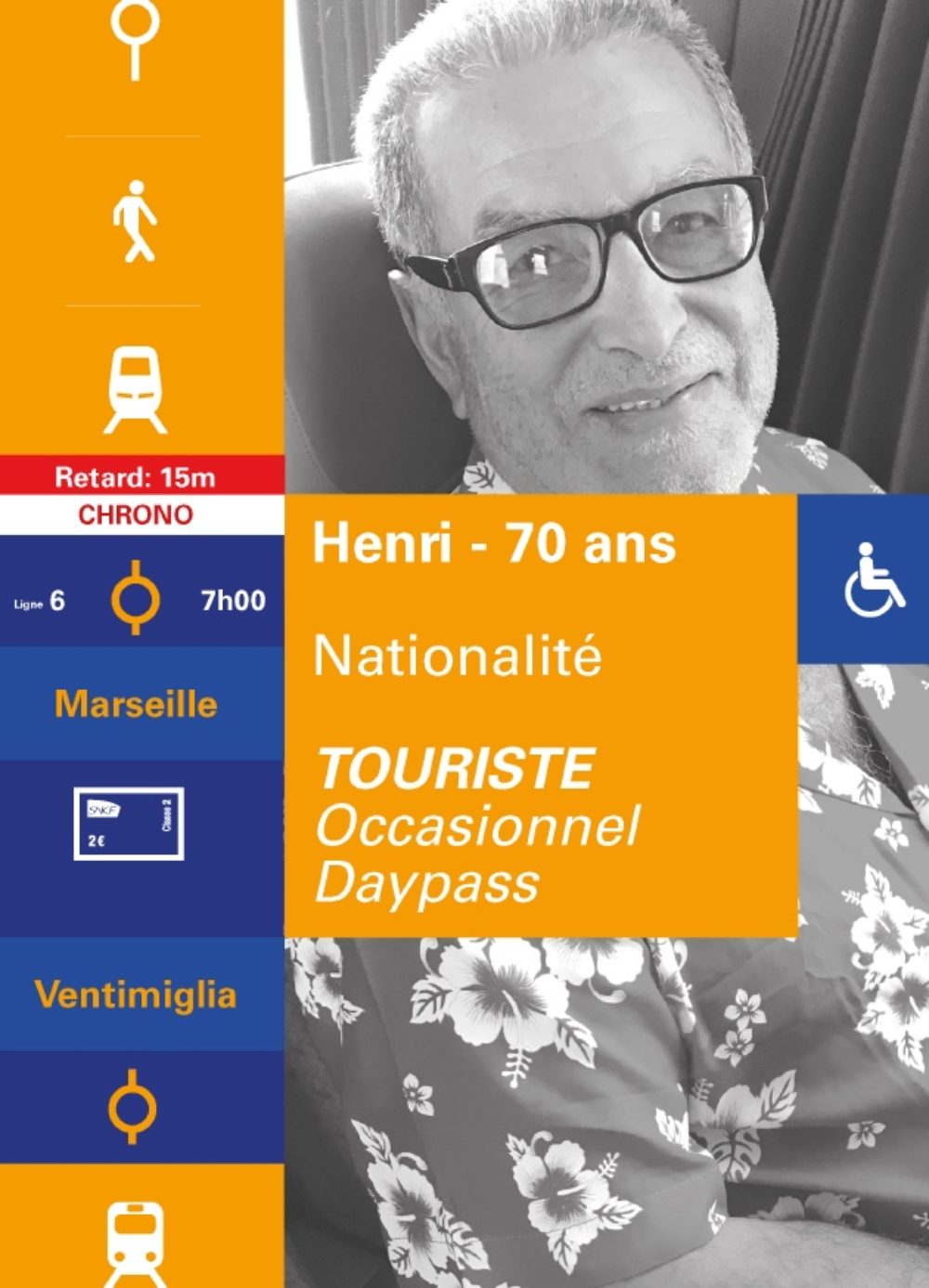
Vincent, 31 years old, professional.
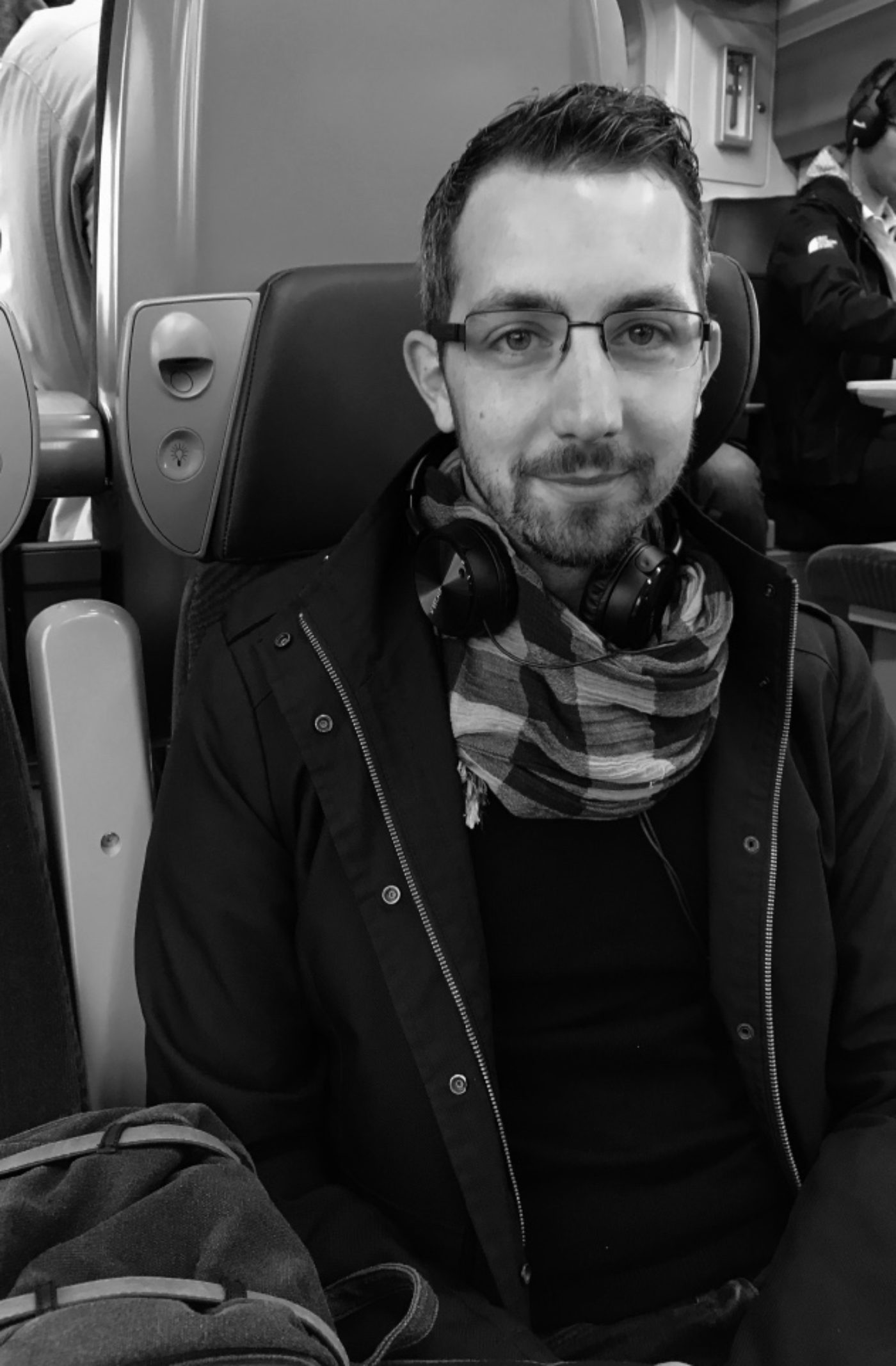
At night, a community of people has grown. Groups of colleagues meet, they play cards, they talk.
The train is more comfortable than the car, the bus or the plane. I have health issues, I need to be able to stretch my legs. In the other means of transportation, we don’t have enough space.
